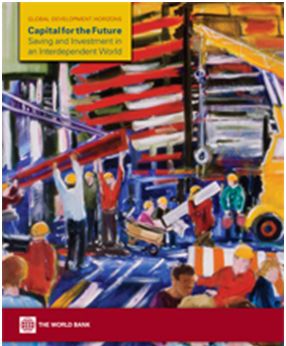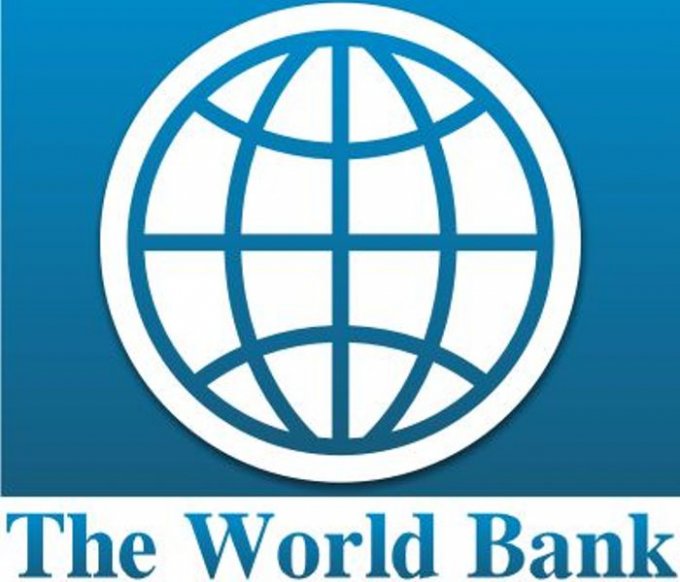Capital for the Future: Saving and Investment in an Interdependent World
“Very long-run forecasting is a hazardous activity because the uncertainties and imponderables of life have plenty of time to intrude, and bend and buck the charted path. At the same time, to craft policy that is rooted in reason and reality, we need to peer into the future with the best information, statistics, and models that we have.” Kaushik Basu, Senior Vice President and Chief Economist, the World Bank
That is the goal of Global Development Horizons. Capital for the Future, the second edition of the series, explores saving, investment, and capital flows through 2030. It finds that developing economies are fast becoming major investors in the world economy, and by 2030 will account for more than 60 cents of every dollar invested. This represents a fundamental shift with respect to historical performance: for 4 decades (through the 1990s), developing countries had been accounting for just about 20 cents for every dollar of global saving and investment. Before 2020, total investment in the developing world is expected to overtake that in high income countries. Developing countries will—for the first time in history—become major sources, destinations, and potentially also intermediaries of global gross capital flows.
Future trends in investment, saving, and capital flows will affect economic conditions from the household level to the global macroeconomic level, with implications not only for national governments but also for international institutions and policy coordination. Without timely efforts, some countries will be left behind. And, more importantly, even within otherwise successful countries, some people will be left behind. Policy makers preparing for this change will thus benefit from a better understanding of the unfolding dynamics of global capital and wealth in the future.
World Bank
Stay with Sierra Express Media, for your trusted place in news!
© 2013, https:. All rights reserved.




